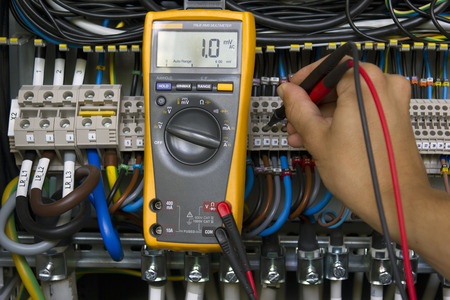According about report 25 people die each year as a result of electrical accidents in the workplace, and every year 1,000 electrical accidents are reported to the Health and Safety Executive (HSE).
Therefore, it is imperative that original equipment manufacturers (OEMs) do everything possible to reduce the risk of electric shock from their products. Electric shocks not only cause injuries and deaths directly, but also indirectly, for example, construction workers can fall from stairs or scaffolding if they receive an electric shock while using defective equipment.
Original equipment manufacturers that manufacture electrical equipment designed or adapted for use between 50 and 1,000 volts (in the case of alternating current) or 75 and 1,500 volts (in the case of direct current) must comply with the Electrical Equipment Regulations ( security) from 1994. You can read about the relevant requirements in detail here.
In this publication, we will consider three different types of electrical safety tests that OEMs should implement as part of a strong electrical safety testing strategy.
Portable Appliance Test
The simplest form of electrical safety tests is the portable device test (PAT). A portable device is generally defined as a product that can be easily moved from one place to another, including kettles to printers; hair dryers for electric drills.
With this test method, a product is first visually inspected to see if there are visible signs of damage, for example, frayed wires or bent plugs on the plugs, before connecting it to the PAT device. This is a simple machine that verifies if the relevant electrical components are sufficiently isolated.
Flash test
For higher voltage products, a flash test, also known as a hipot test (high potential) or dielectric resistance voltage test (DWV), must be implemented. This test method verifies whether electrical insulators in finished products, such as printed circuit boards (PCBs), cables and electromechanical assemblies, have sufficient dielectric strength for the working voltage, which protects against electric shock.
London Property, who writes for Design and testing of electronic products, says: "The test is designed to detect that the spaces or free spaces between the conductive parts and the earth are sufficient and that no damage has occurred in the form of holes / cracks in insulation and other protective devices during manufacturing or wear ".
This test method involves applying a higher than normal voltage to the product for a defined period of time. To pass, the product must be able to withstand this stress, thus ensuring that it will not fail when operating at a normal voltage.

Ground bond test
The grounding test measures the connection between the ground and any metal component in the product. A high current of around 25 amps is passed, to ensure that there is a sufficient electrical connection, in order to protect against electrocution if there is a failure in the product's power supply.
Outsourcing of your electrical safety tests
If you are outsourcing part or all of your manufacturing and testing operation to an electronic product manufacturing service provider (EMS), it is your responsibility to ensure that your practices comply with the relevant electrical safety standards.
Testing is the only way to identify manufacturing failures that could compromise the electrical safety of a product in the field. Comprehensive electrical safety tests protect against the risk of electric shock, so that the products can be used for their intended purpose with a minimum possibility of injury. Home

No comments:
Post a Comment